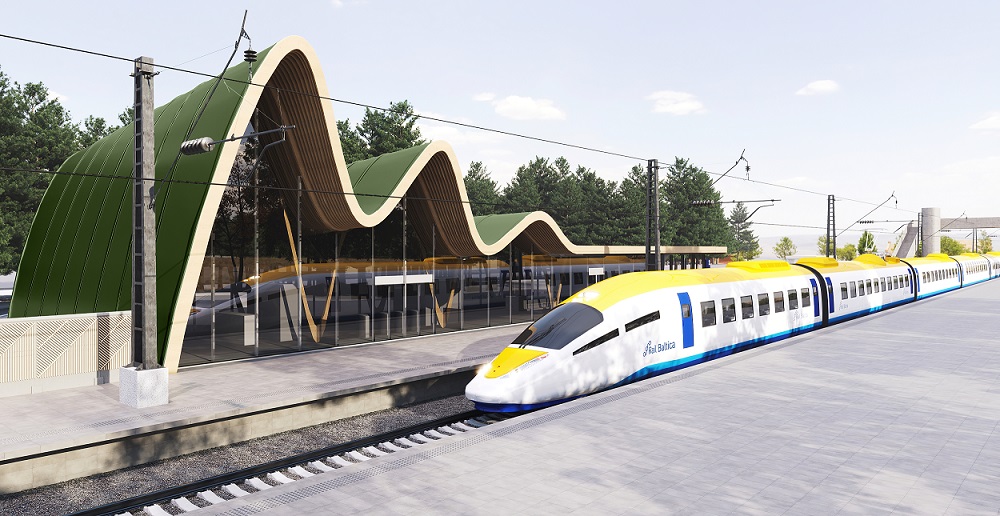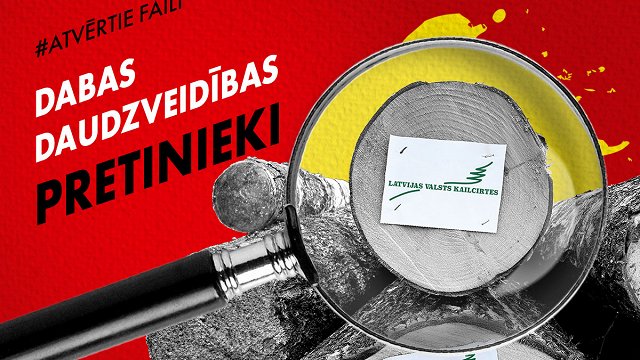The sixteen stations on the Rail Baltica regional route network will be created as mobility points. Public transport routes will come close to them and there will be a range of possibilities for parking and leaving different types of private transport, as well as rental vehicles.
"In areas where Rail Baltica regional trains stop, mobility points will be created. Different modes of transport will meet here. Consequently, when the Rail Baltica regional trains start running, it would just as well be possible for people to move to other places farther from Riga, such as Bauska or Salacgrīva, and easily reach their jobs. People will no longer have to move closer to Rīga or their regional center," said Kaspars Vingris, chairman of Eiropas Dzelzceļa līnijas.
Work on setting up public transport routes as well as synchronizing timetables so that passengers do not have to wait too long between trips, is being carried out by the Road Transport Directorate. Its head, Kristiāns Godiņš, welcomes the project.
"We have a positive view because it's an option how to expand some rail connections. Of course, there are still a lot of issues on the agenda. Because it doesn't end at infrastructure. There's the question of big the movement will be, how often the train will run, whether revenues from tickets will be able to cover expenses and whether state grant will be needed. If so, how much. So there are many more items on the agenda to be discussed and clarified," said Godiņš.



























